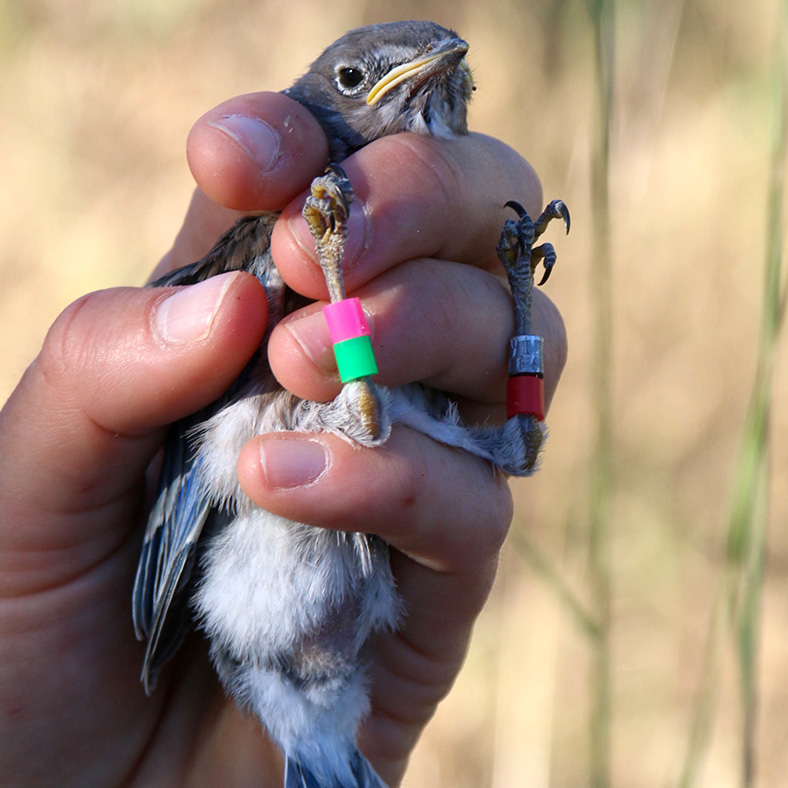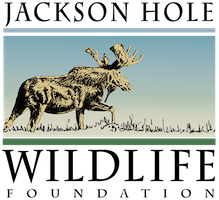Mountain Bluebird Project
Supporting Bluebird Populations and Tracking Ecosystem Health
Mountain Bluebird Nest Box Trail
High elk concentrations in Jackson Hole have destroyed critical habitat for cavity-nesting birds by preventing new aspen growth and killing mature trees. The Bluebird Nestbox Project provides artificial nesting spaces to offset this loss. Volunteers monitor nest boxes from May through August, collecting data for Nature Mapping Jackson Hole and state and Federal agencies to track bluebird populations, assess ecosystem health, and engage the community in conservation efforts.
Nestboxes Monitored Each Spring/Summer
Volunteering Gives You Wings
Help JHWF monitor nest boxes and collect data so that we may support bird populations, inform habitat management decisions and engage the community in hands-on conservation!
MOBL Project Objectives

Restoring Lost Habitat
Providing artificial nesting sites helps offset the decline of natural cavities caused by habitat loss in Jackson Hole.
Community Involvement
Engaging volunteers in nestbox monitoring fosters a personal connection to conservation, inspiring them to share the message with others.
Raising Awareness
Educating the public about the challenges cavity-nesting birds face encourages conservation efforts and informed land management.
MOBL Project Statistics
%
Mountain Bluebird eggs hatched in 2024
Marking one of the strongest breeding seasons in the project’s history for fledgling success rate.
%
Nest Boxes were used by local bird species
Including Mountain Bluebirds, Tree Swallows, Violet Green Swallows and House Wrens.
Color-banded bluebirds have been resighted
This statistic reflects resightings since 2017 and includes one Mountain Bluebird in Texas.

Be a Citizen Scientist for Mountain Bluebirds
Report Resightings
Your sightings help us track Mountain Bluebirds and study their behavior. Every report adds to our research!
How to Report a Sighting
Color Bands – Each bird has one silver (aluminum) band and three colored bands. Note the colors on the top right, bottom right, top left, and bottom left legs. Report what you can, even if some bands are unclear.
Band Colors: Silver (USGS aluminum band), Red, Yellow, Green, Peach, Hot Pink, Gray, Black
Location & Perch – Share GPS coordinates or describe the bird’s perch (e.g., fence post, tree, nest box).
Behavior – Record interactions, feeding, nesting, or calls.
Sex & Plumage – Males are bright blue; females and juveniles are grayish with blue hints. Mark “unknown” if unsure.
Notes – Extra details are welcome! Your reports matter—thank you for contributing!
Program Coordinator, Nature Mapping
Jessie Walters
Jessie@JHWildlife.org
Jackson Hole Wildlife Foundation
Tax ID # 83-0302830
Office Location:
25 S. Willow St., Suite 10
Jackson, WY 83001
Mailing Address:
PO Box 8042
Jackson, WY 83002
All rights reserved.
Privacy Policy

